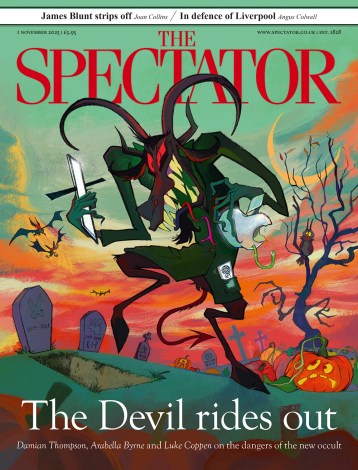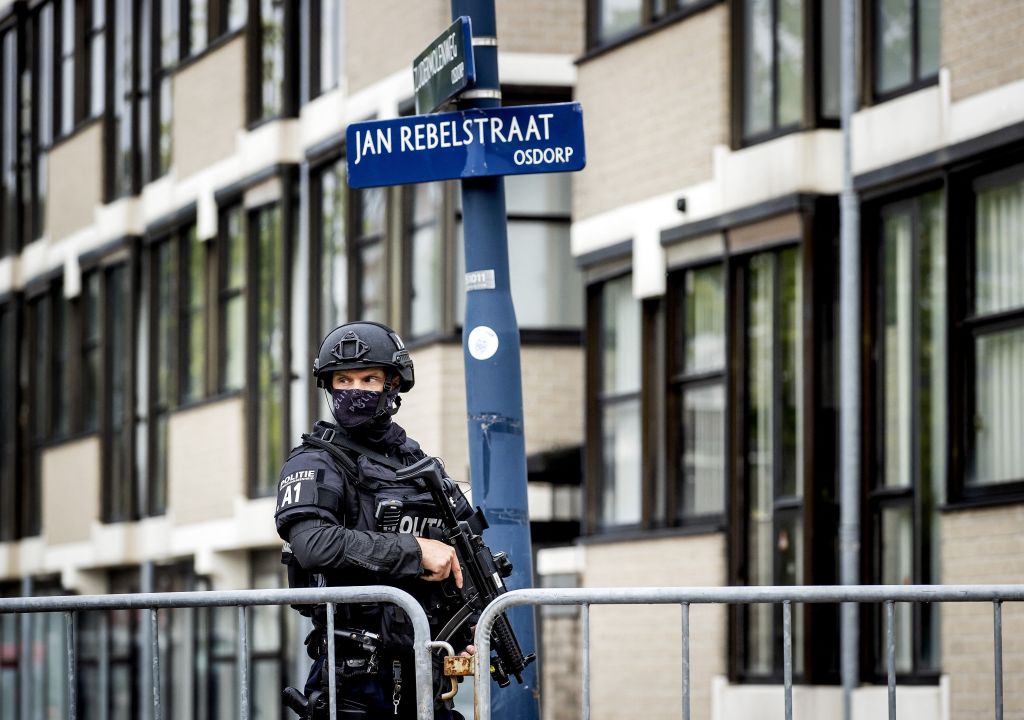In a heavily-fortified Amsterdam courthouse known as The Bunker, Ridouan Taghi, the chieftain of the so-called ‘Mocro-Maffia’ (Moroccan mafia), and 16 of his henchmen learned their fate today. The gang were all found guilty of a series of murders that shocked the Netherlands.
Taghi’s case is symptomatic of a wider illness within Dutch society. In 2020, police discovered a soundproofed torture chamber in a disused shipping container belonging to one of Taghi’s rivals. Inside was a dentist’s chair with restraints for arms and legs, as well as finger clamps, scalpels, hammers, pliers, gas burners, and duct tape.
While there have always been gangland hits known as ‘liquidations’ and overall crime rates are still extremely low, this new reign of terror reminiscent of the Cosa Nostra or Miami’s cocaine cowboys era in the 1980s has led to the land of windmills being described as a ‘narco-state.’
How did it come to be this way? It all started in the Sixties, of course, when the Provo (short for provocateurs) movement of anarchist beatniks would gather at Spui square in Amsterdam, smoking weed. The Provos disbanded in 1967, but the appetite for cannabis grew: by 1970’s Holland Pop Festival, the Dutch answer to Woodstock, the majority of the crowd were smoking weed. The government decided that, since youngsters would get high anyway, it was useless trying to stop them. Instead, it adopted a new approach: it tried to manage the situation without turning cannabis into the forbidden fruit. And so, from 1976, Holland officially embraced a policy of tolerance. There were already informal establishments nicknamed ‘coffeeshops’ where cannabis was consumed more-or-less openly: the new policy merely formalised them, under strict conditions: e.g. no under-18s, no noise or nuisance complaints, no more than 500 grams worth of stock on the premises at any given time.
The Dutch government has enabled the birth of sophisticated, and ruthless, drug syndicates
Other drugs, like heroin and ecstasy, were also tolerated to a lesser extent. Police adopted an approach where they wouldn’t proactively target junkies or pushers on the street if they weren’t causing a nuisance. From the 1980s, the Rotterdam Junkie Union started giving away free, clean needles in response to a hepatitis outbreak, and since the 1990s, prescription heroin has been available to serious addicts. You can even take your pills and powders to a laboratory for free quality testing.
To an extent, Holland’s liberal drugs police has proved successful. Society has not collapsed into a drugged-out dystopia, and cannabis is less popular among Dutch teens than Italians or Croatians, who still live under prohibition. From the point-of-view of a British tourist, a trip to the ‘Dam lets you relax in very permissive settings: open prostitution, shops selling hallucinogenic truffles, and of course the famous coffeeshops, always wafting with peculiar fumes.
But there’s a catch. Unlike Canada or parts of the United States, Holland hadn’t truly legalised weed. The authorities simply decided not to enforce the laws at the retail level i.e. coffeeshops. This has created a paradox known as the ‘backdoor problem’, because the coffeeshops can’t restock their wares without wholesalers who still must hide their operations from the authorities.
Jonz (a pseudonym) is a clandestine cultivator who was busted ten years ago then acquitted, before returning to the business.
‘I usually work with a couple of the less known shops in the city, breeding and selling seeds and providing some limited-batch high-grade flowers,’ he told me:
I use LEDs and grow in soil with veganic nutrients, mostly my own genetics. I always build my environments as quiet and non-destructive to a property as possible. It’s allowed me to break down a grow in less than a week when the landlord wanted to see the house. No problem and no suspicion. Really sucks when I have to do it though, it’s a lot of work lost. Currently mine are distributed between several locations, none of which are large. It’s much safer this way from a legal angle, as long as you can trust the people you work with. Of course that’s difficult, but one man can only do so much anyway. So I try to take it slow and be cautious. Personally I don’t want to be too big, either to be noticed by the government or the gangs.
Meanwhile, the port of Rotterdam became the crucial gateway for South American cocaine entering Europe, typically packed inside cargo containers of legit goods. But as the port fell under heightened scrutiny, traffickers searched for alternatives.
‘There are still rather direct transatlantic drug lines between Latin America and ports in Europe,’ explained criminologist Robby Roks, ‘but also – which seems to be the case for Taghi – cocaine routes that follow some of the already existing hashish routes between Africa and Spain by high-speed boats, and then by car or truck to other parts of Europe.’
In other words, by allowing black market weed or hash smuggled from abroad to be openly laundered through the coffeeshops – neither prohibition nor legalisation – the Dutch government enabled the birth of sophisticated, and ruthless, drug syndicates. This is how Taghi’s operation began: importing hash from his Moroccan homeland before streamlining his supply chain to include coke, and the cocaine business is rather more messy.
In December last year, a limited trial run began of a licensed coffeeshop system in the southern cities of Tilburg and Breda. Fully legit and quality-controlled, it aims to close the ‘backdoor problem,’ potentially paving the way for full legalisation. However, it may be too little, too late. After five decades of letting organised crime thrive, it looks like the Dutch will be suffering this cancer for some time yet.






Comments